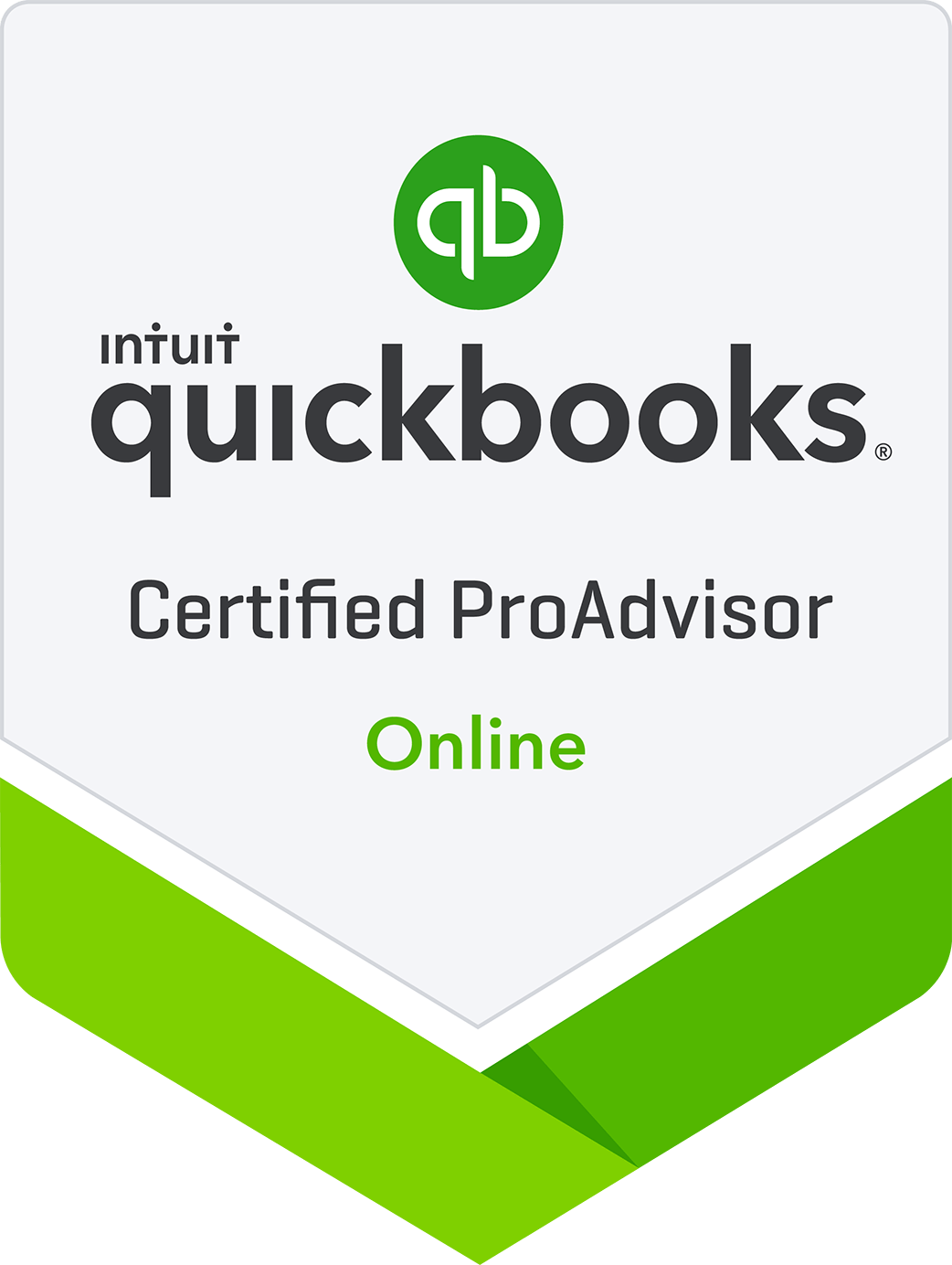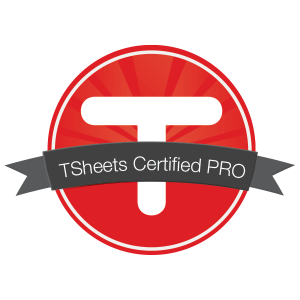Does Your Accounting Department Have Holes in It?
You’ve got someone to do your federal and state income tax returns, and you have a bookkeeper. So that’s all that a small business needs when it comes to having an accounting department, right?
Wrong.
Large companies have many functions in their accounting departments, and small and mid-sized businesses need many of the same functions as well. They just won’t need as many staff to handle them. Many of these functions will fall on the CEO, but a smart CEO will find a way to delegate some of the accounting duties to free their time up.
Here are just a few of the things you’ll want to make sure that you have covered in your small business accounting department:
Accounting Software Expertise
Who do you have on your team that can identify opportunities for making your accounting function run more efficiently? The solutions could include training on your current system or could be more comprehensive such as identifying a new accounting system that will save a tremendous amount of time and money.
Let your accountant get to know your processes because they may know of some software applications that can do what you need faster, better, and cheaper. Manual data entry is a hot spot of potential; today, you can find software, scanners, and even smartphones and tablets that can automate the data entry, even if all you have is paperwork to enter.
Business Performance Advice
Are you getting accounting reports that tie to the areas where you have challenges and issues? If not, let your accountant know where those areas are. They may be able to suggest some reports that will provide you with insight and enlightenment.
If you are receiving reports with lots of numbers that you’re not quite sure how to interpret, ask your accountant for help. They can not only help you interpret the numbers, but they can also put the report into a graphical format so that it’s more visual for you.
It’s All About the Revenue
The number one challenge of most small businesses is to attract more business and generate more revenue. Your accountant can help you study your revenue patterns by presenting “what if” tools that can help you see what happens when you change price, impact mix, or adjust volume.
Keeping the Cash Flowing
If your business seems to stampede through cash, you’re not alone. A cash flow forecasting report is in order so you can plan ahead and be ready for the valleys and hills.
Beyond Compliance
If your accounting department focuses on compliance work alone, such as taxes and recordkeeping, you’ll miss out on allowing it to become a profit center of sorts. With these added functions, you’ll discover new actions to take in your business to drive profitability. You’ll have clarity about decisions like price changes, and you’ll know your accounting function is efficient and not wasting time and money.
Take a look at your accounting department, and let us know if we can help you plug any of the holes.



 Want a free consultation with us? Give us a call or send us an email to claim your complimentary consulting session.
Want a free consultation with us? Give us a call or send us an email to claim your complimentary consulting session.




